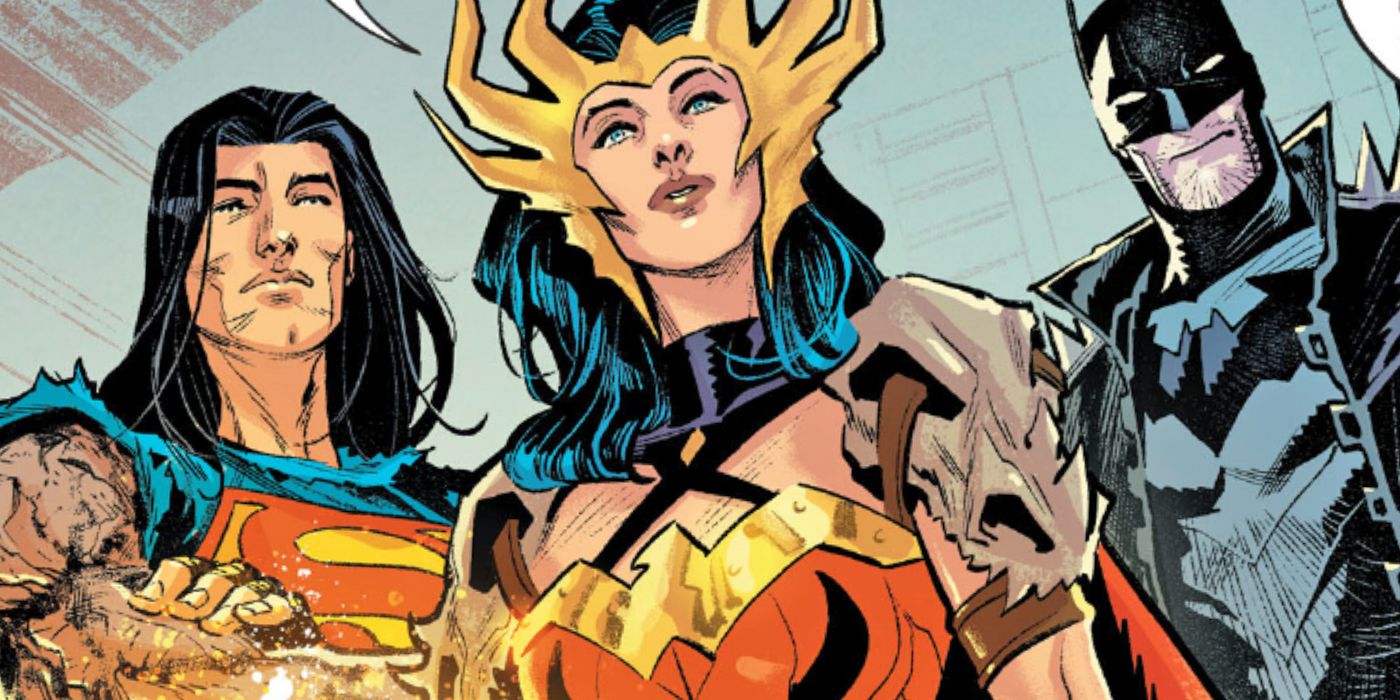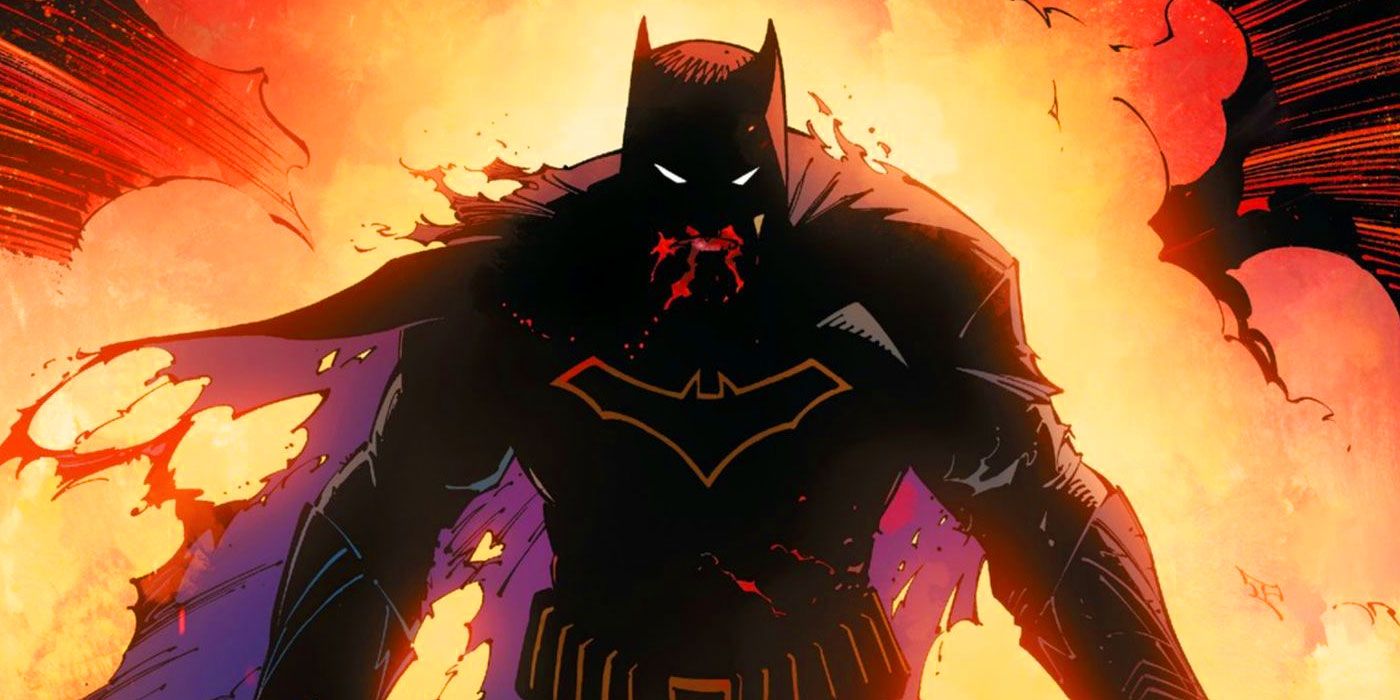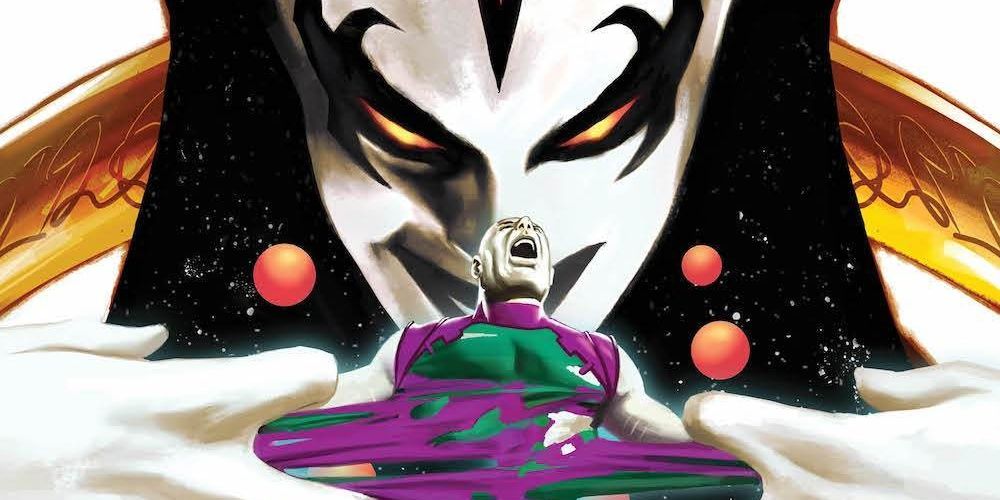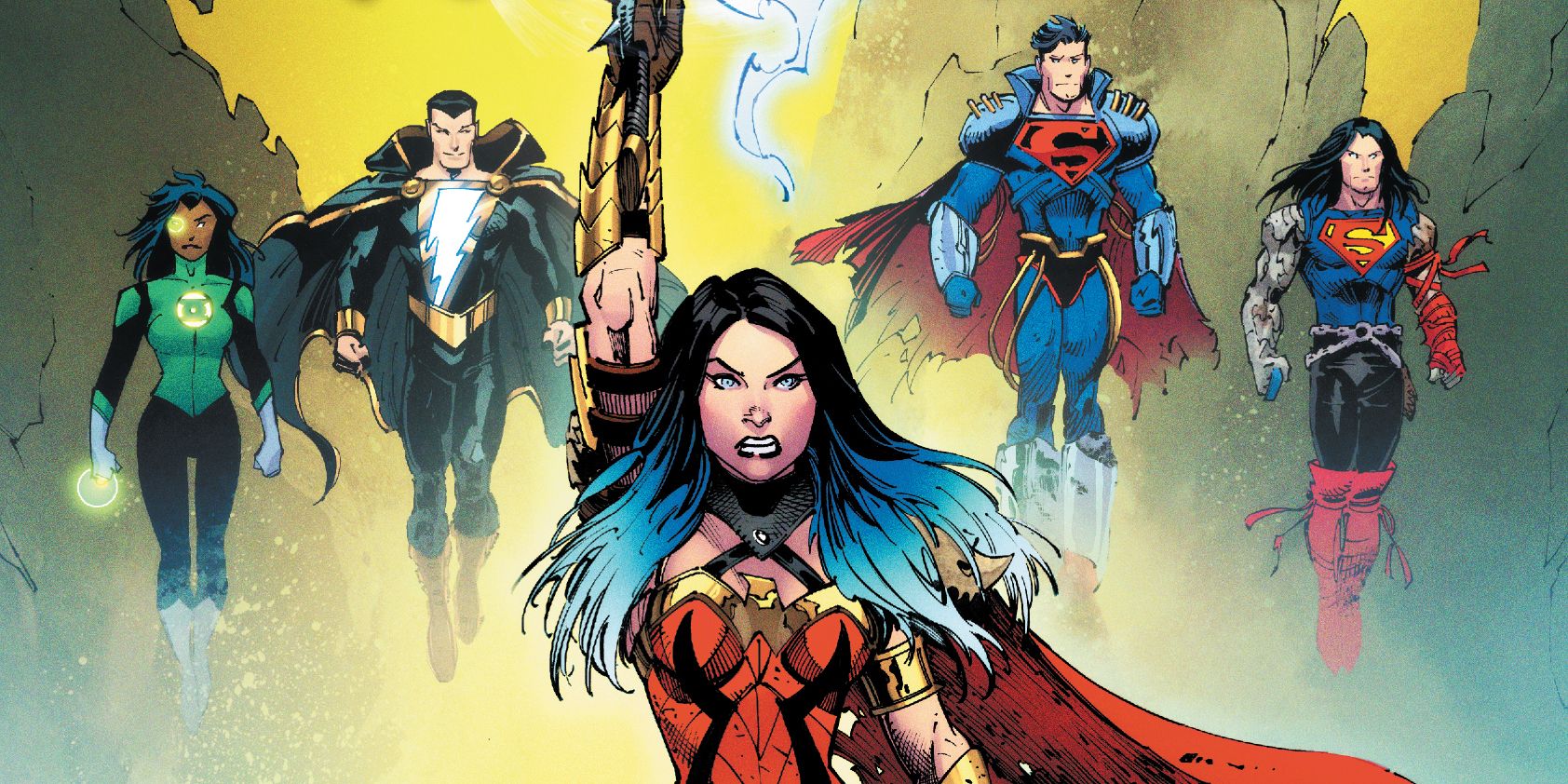As the DC Universe prepares to launch into its ambitious Infinite Frontier era, the new initiative comes after the preceding DC Rebirth era came to an explosive climax with the epic crossover event Dark Nights: Death Metal. Serving as the culmination of years of comic book storytelling across the DCU, the story had the DC Multiverse conquered and reshaped by the Batman Who Laughs and the evil god Perpetua, with Wonder Woman leading a final resistance to overthrow their cruel overseers and restore reality to how it once was.
Now, here's everything you need to read before tackling Scott Snyder and Greg Capullo's big, bombastic tale, complete with what stories to read in the lead-up to the event and its most relevant tie-in specials.
Dark Nights: Metal
The seeds of Death Metal were directly sown in the 2017 crossover event Dark Nights: Metal, with Snyder and Capullo joined by longtime collaborators inker Jonathan Glapion, colorist FCO Plascencia and letterer Steve Wands. The epic story had Batman discover that the mythical metals of the DCU accidentally opened a portal to the Dark Multiverse, resulting in the Batman Who Laughs leading his own twisted variation of the Justice League, the Dark Knights, to invade the world.
Apart from the six-issue core series, a line of one-shot specials explored the origins of each of the Dark Knights, with the most important being Dark Nights: The Batman Who Laughs #1, written by James Tynion IV, illustrated by Riley Rossmo, colored by Ivan Plascencia and lettered by Tom Napolitano.
Justice League/Year of the Villain
While the Batman Who Laughs was defeated and imprisoned by the Justice League, the Source Wall serving as the barrier encircling the DCU was shattered in the final battle. Snyder took the helm on the ongoing Justice League series immediately thereafter, after a whole host of superstar creators crafted the post-Metal status quo in the miniseries Justice League: No Justice. As the Justice League expanded, Lex Luthor and the Legion of Doom would receive upgrades from Perpetua, after the evil god was freed from her captivity inside the Source Wall.
Perpetua would start by completely transforming Luthor into her omnipotent vassal Apex Lex, with Lex similarly upgrading his fellow supervillains in a line of specials under the publishing banner DC's Year of the Villain. The Batman Who Laughs would also get in on the fun, escaping and using his Joker toxin-infused Batarangs to infect several heroes throughout the DCU as seen in his own miniseries The Batman Who Laughs, written by Snyder, illustrated by Jock, colored by David Baron and lettered by Sal Cipriano. Year of the Villain culminated with Perpetua successfully conquering the DCU before setting her sights on the wider multiverse.
Dark Nights: Death Metal
The fallout from not only Snyder's Justice League run and Year of the Villain but also many of DC's recent storylines, including Heroes in Crisis and Doomsday Clock, would come to a head in Death Metal, with the original Metal's main creative team joined by Napolitano on letters. The heroes rise from the ashes of their cataclysmic defeat, recruiting allies from across the multiverse to stand and fight the villains that had conquered their worlds.
While many of the tie-ins, including a whole line of anthology titles, offered genuinely entertaining and thrilling glimpses at the Death Metal reality, there are several tie-ins that had a greater bearing on the main story than their counterparts. Dark Nights: Death Metal - Trinity Crisis #1 -- written by Snyder, illustrated by Francis Manapul, colored by Ian Herring and lettered by Napolitano -- is practically required reading for the main story while Dark Nights: Death Metal - Secret Origin #1 -- by a whole host of creators -- explores Superboy-Prime's role in the story, setting up the creation of the new DC Multiverse to be explored by Future State and Infinite Frontier.




